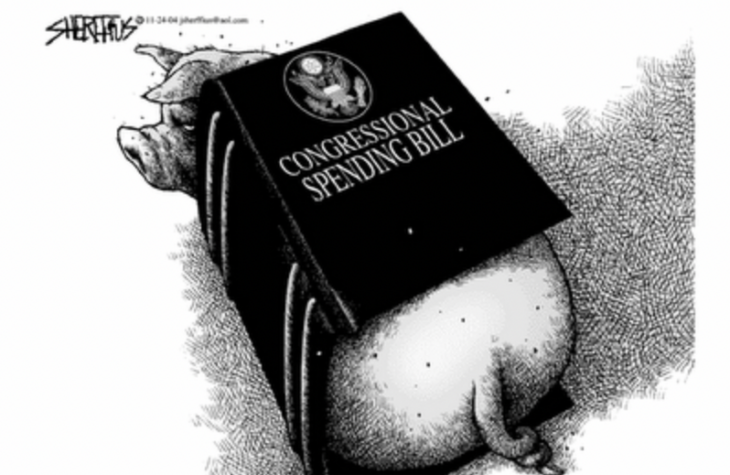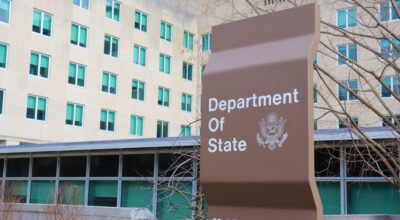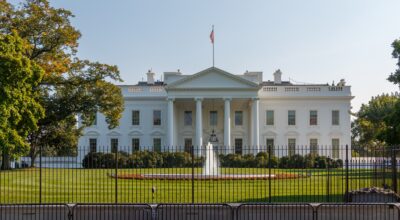
Primer: Congress Revives “Currency of Corruption” Amid Crises
Synopsis
One of the many problems with the massive $1.5 trillion omnibus spending bill recently passed by Congress is the return of one of the most nefarious tools for profligate spending: hundreds of earmarks. In 2011, the Republican-led Congress finally banned the practice of earmarks following the Tea Party wave elections in 2010. This congressional ban has remained in place for over a decade, serving as one of the few notable fiscal and ethics victories in recent memory.
Now, amid soaring inflation, rising gas prices, and the escalating war in eastern Europe, lawmakers are utilizing these crises to resurrect earmarks and return to the “good old days” when members could bribe one another with taxpayer money to support otherwise unpopular legislation.
Background
Earmarks are the practice of directing taxpayer money to special interests for the purpose of securing favors or “buying off” members to support much larger pieces of legislation. Former Senator Tom Coburn (R-OK), who helped lead the effort to enact the earmark ban, once described earmarks as the “gateway drug” to overspending. Former Senator Jim DeMint (R-SC) went further, driving home the point that earmarks created a “culture of corruption” in Washington D.C.
Jack Abramoff once referred to earmarks as the “favor factory.” The era of corruption that accompanied Abramoff culminated in multiple members of Congress going to prison for their corrupt dealings. Unsurprisingly, earmarks have long remained an incredibly unpopular practice among the electorate.
The Return of Earmarks
The 2022 omnibus tacked on an estimated 4,000 earmarks to an already-exorbitant spending bill. Among the pet projects that lawmakers funneled taxpayer money to in this year’s omnibus:
- $1,600,000 for “equitable” growth of the shellfish industry in Rhode Island
- $500,000 for a Diversity and Inclusion program at Worcester State University
- $475,000 for the Race, Inclusion, and Social Equity Institute at Ohio State University
- $424,000 to replace sidewalks at a country club in Avon, Connecticut
- $775,000 for an LGBT center in Los Angeles
- $500,000 for the Nansen Ski Jump club in New Hampshire
- $569,000 for removal of derelict lobster pots in Connecticut
- $605,000 for a greenhouse in NYC
- $945,000 a kelp forest survey in Oregon
- $4,200,000 for improvements to sheep experiment station infrastructure in Idaho
- $2,000,000 for reducing inequity in access to solar power
- $1,000,000 for workforce training related to clean energy and green building in Minneapolis
- $100,000 for Center for Race Equity in Education in Connecticut
- $2,500,000 for biking trails in Vermont
- $286,000 for climate-smart family forests in Vermont
- $300,000 for a behavioral workforce initiative in Illinois
- $1,000,000 for sidewalk repair in Louisville
- $2,000,000 to educate, digitally connect, and road building for indigenous coffee producers in the country of Columbia
- $3,000,000 for a fisherman co-op in Guam
- $1,350,000 for water tanks in Prince George’s County, MD
- $1,979,000 for a climate center at George Mason University
- $765,000 for planning for future of Maine Lobster industry
- $95,000 for a virtual paddle experience at a NOAA office
- $925,000 for a barn in Vermont
- $2,000,000 for an algae bloom monitoring program in Biscayne Bay
- $750,000 for a sports complex in Las Vegas
- $10,000,000 for sugarcane research in Louisiana
- $700,000 for a Bull Trout research facility in Washington
- $2,000,000 for a EV ferry pilot program in Alaska
- $10,000,000 to demolish a hotel in Alaska
- $300,000 for a job training program at Joe’s Movement Emporium in Maryland
- $2,465,176 for a museum & planetarium in Vermont
- $50,000 for a desert museum in Arizona
These examples only scratch the surface of the wasteful, corrupt, and abusive use of earmarks by federal lawmakers. Now that the self-imposed earmark ban has been lifted by both Republicans and Democrats, despite $30 trillion in debt and multiple financial crises plaguing hard-working Americans, the taxpayer-funded spigot is once again open for the benefit of the elites and well-connected.
Key Reasons to Oppose Earmarks
There are both substantive and principled reasons to oppose the resurrection of earmarks. Among these reasons:
- Corruption: Earmarks inherently corrupt the legislative process and result in members “buying off” one another in exchange for legislative favors. That corruption seeps into backroom deals with lobbyists, many of whom are willing to bribe or be bribed.
- Public Distrust: Earmarks weaponize taxpayer money as a tool for the enrichment of the powerful at the expense of hardworking Americans who entrust their elected officials to represent them instead of the well-connected.
- Wasteful Spending: Earmarks incentivize profligate spending by rewarding individual members who help grease the skids to pass massive bills that they might otherwise oppose. With inflation currently at 7.9 percent, any practice that accelerates spending is reckless and harmful.
- Skewed Priorities: Earmarks incentivize congressional offices to focus on appropriations, money, and pet projects over substantive policy debates to address the needs and concerns of the American people.
Concluding Assessment
Lawmakers should forcefully resist the temptation to resurrect earmarks and restore the ban immediately. This inherently corrupt practice will only grease the skids for passing massive bills that are harmful, accelerate inflation, increase unethical abuse of taxpayer money, and further public distrust between the American people and their representatives.



